Vessels shall reasonably select the anchorage according to the sailing plan, ship tonnage, etc. Vessels shall verify their intentions with other vessels to avoid collision when entering or leaving the anchorage. Vessels shall not anchor in the Diversion waters, and shall report to VTS immediately when dropping anchor in an emergency.
5.Precautions for Sailing in the South Channel
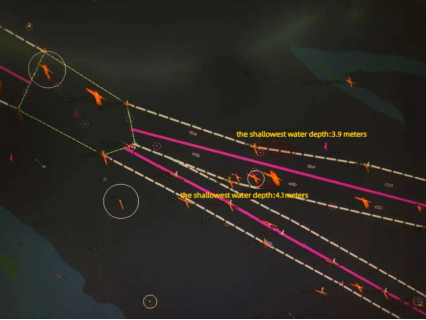
Vessels sailing through the Jiuduansha Precautionary Area to the South Channel Pilot Waters in strong wind and waves condition, shall pay attention to the water depth changes near the channel boundary.
Appendix
Notice of Shanghai Maritime Safety Administration on Further Strengthening Vessel Traffic Management in Changjiangkou and its adjacent waters
(translated by Wusong MSA)
(In case there is any discrepancy between the Chinese edition and the English edition, the Chinese edition shall prevail)
In order to prevent and reduce the risk of vessel collision accidents in Changjiangkou and its adjacent waters, relieve navigation pressure in the Precautionary Areas A and B, improve the overall navigational efficiency, and ensure the safe, well organized and smooth maritime traffic, in accordance with the Maritime Traffic Safety Law of the People’s Republic of China and Changjiangkou Ship Routing System (2008), the separation of ship traffic flow in Changjiangkou and its adjacent waters is guided as follows:
1. The pass-by vessels from south or north navigate in Changjiangkou and its adjacent waters shall prefer to choose the Tianjin-Guangzhou Outer Routing (the north-south customary route along the longitude 123 °00 ′E) or the diversion waters. ( between longitude 122 °45 ′E and 122 °50 ′E)
2. If it is safe and feasible, vessels passing through the Precautionary Areas A and B of the Changjiangkou Traffic Separation Schemes (CJK TSS) shall give priority to the following navigation suggestions and navigate under VTS’s organization:
2.1 Inbound vessels proceeding to Changjiangkou Deepwater Channel ( North channel ) from Changjiangkou waters shall take turns in the Precautionary Area A through the traffic lane C1 of CJK TSS, or turn into the traffic lane A through the diversion waters or the Tianjin-Guangzhou Outer Routing.
2.2 Outbound vessels sailing from Deepwater Channel to Changjiangkou waters, and intending to turn northward or southward, shall proceed eastward by TSS lane A, and take turns in the diversion waters or the Tianjin-Guangzhou Outer Routing.
2.3 Inbound vessels proceeding to South Channel from Changjiangkou waters, shall take turns in the Precautionary Area B through the TSS traffic lane C3, or turn to TSS traffic lane B through the diversion waters or Tianjin-Guangzhou Outer Routing.
2.4 Outbound vessels sailing from South Channel to Changjiangkou waters, and intending to turn northward or southward, shall proceed eastward by the TSS traffic lane B, and take turns in the diversion waters or the Tianjin-Guangzhou Outer Routing. Vessels intending to turn to south could also take turns in the Precautionary Area B.
3.Vessels shall make the voyage plan according to the navigation environment and hydro-meteorological conditions, taking into account their own manoeuvrability, performance of wind resistance, distribution of fishing vessels and fishing nets and other factors, comply with the on-site traffic organization measures taken by VTS to guarantee navigation safety and efficiency, and comply with the International Convention on the rules of collision avoidance by sea (1972) and Changjiangkou Ship Routing System (2008) and other relevant provisions.
4.Vessels shall reasonably select the anchorage according to the sailing plan, ship tonnage, etc. Vessels shall verify their intentions with other vessels to avoid collision when entering or leaving the anchorage. Vessels shall not anchor in the Diversion waters, and shall report to VTS immediately when dropping anchor in an emergency.
5.Vessels sailing through the Jiuduansha Precautionary Area to the South Channel Pilot Waters in strong wind and waves condition, shall pay attention to the water depth changes near the channel boundary.
6.This circular shall come into force on 1 February 2023 and be valid until 31 January 2026.
Shanghai Maritime Safety Administration
26 December 2022
The opinions expressed herein are the author's and not necessarily those of The Xinde Marine News.
Please Contact Us at:
media@xindemarine.com

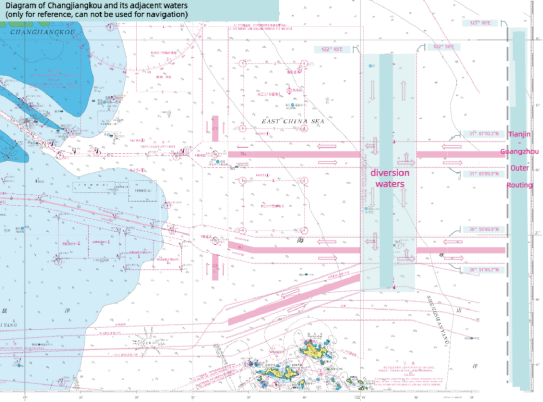
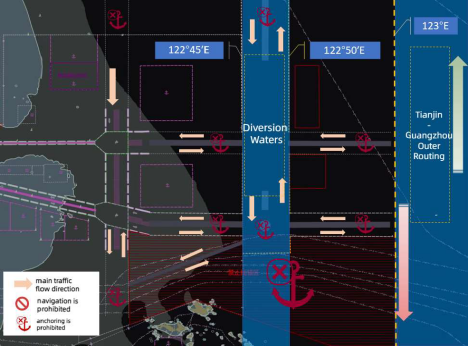


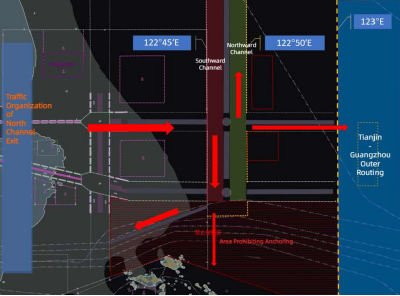
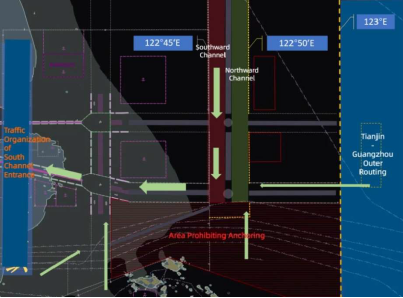
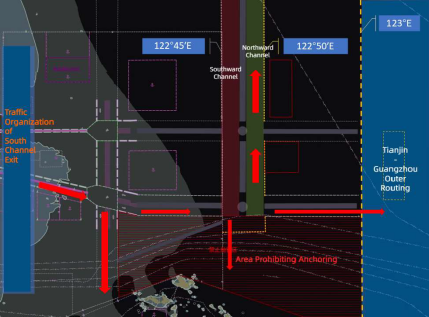
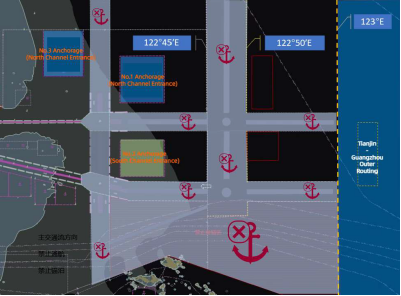

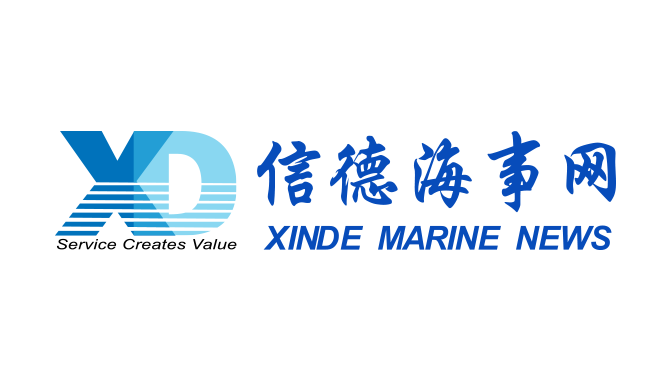 Reporting Requirements for Foreign-flagged Ships En
Reporting Requirements for Foreign-flagged Ships En 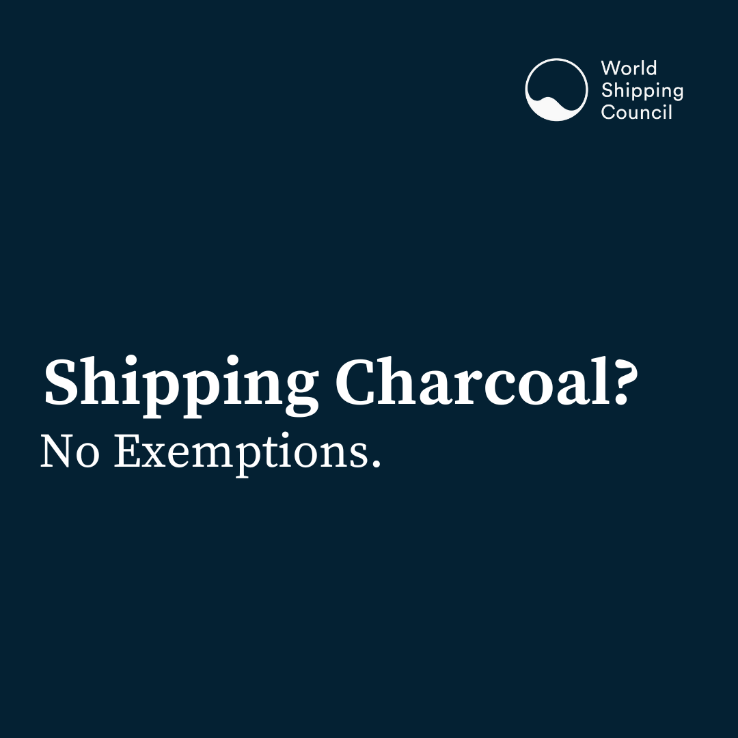 Shipping Carriers Move to Prevent Deadly Charcoal F
Shipping Carriers Move to Prevent Deadly Charcoal F  KR, HD KSOE, HD HHI, KSS Line, and Liberian Registr
KR, HD KSOE, HD HHI, KSS Line, and Liberian Registr 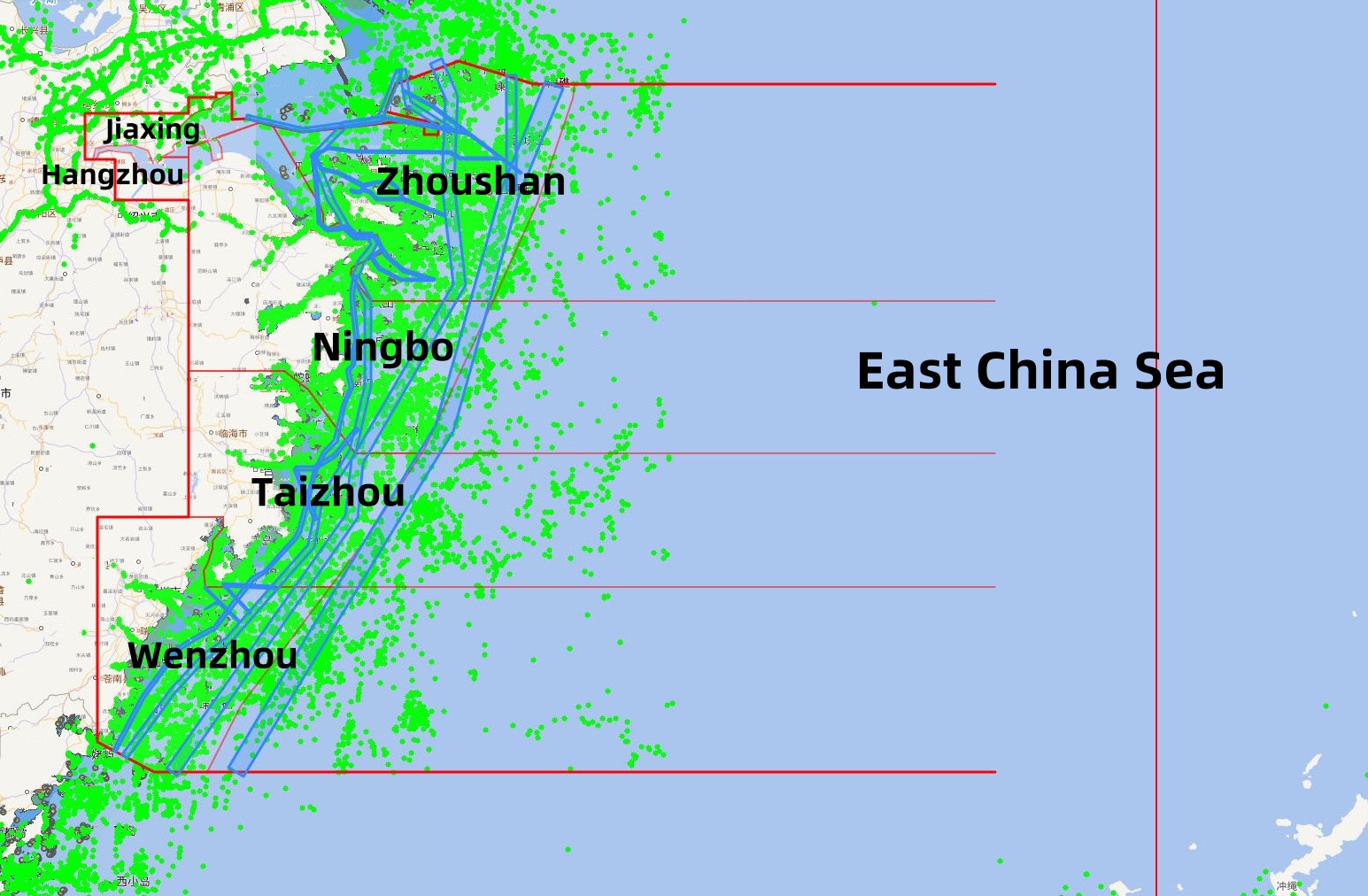 Zhejiang Maritime Safety Administration Issues the “
Zhejiang Maritime Safety Administration Issues the “  RightShip Updates Age Trigger for Vessel Inspection
RightShip Updates Age Trigger for Vessel Inspection 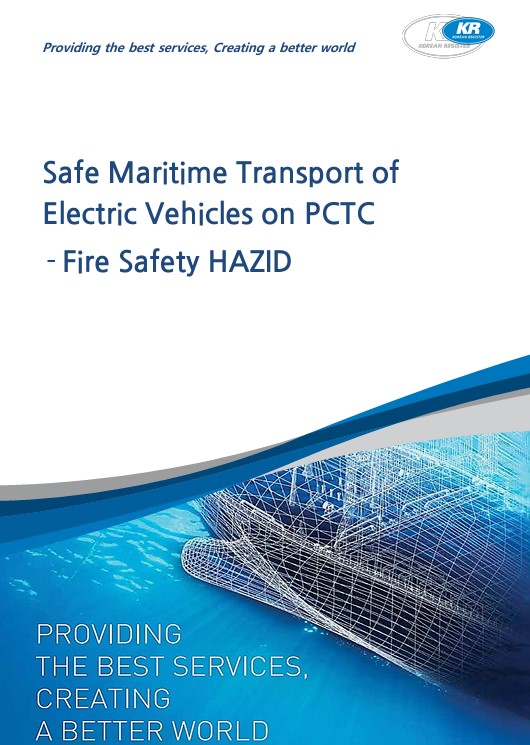 KR Publishes Report on Safe Maritime Transport of E
KR Publishes Report on Safe Maritime Transport of E